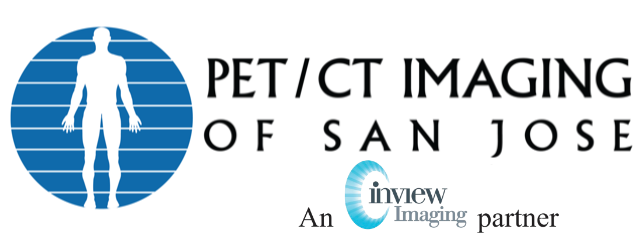What is a PET/CT scan?
Our PET/CT technology is top of the line. With the Siemens Biograph 64/40, we are able to observe the finest detail in every organ, offer low doses of radioisotopes with maximum speed and patient comfort.
We are a leader in the space, offering cutting-edge radioisotopes to detect the suspected reoccurrence of prostate cancer. We also offer FDG and Ga-68 Dotatate NETSPOT®, to help diagnose patient with neuroendocrine tumors and Axumin®, the most advanced radioisotope to detect the suspected reoccurrence of prostate cancer.
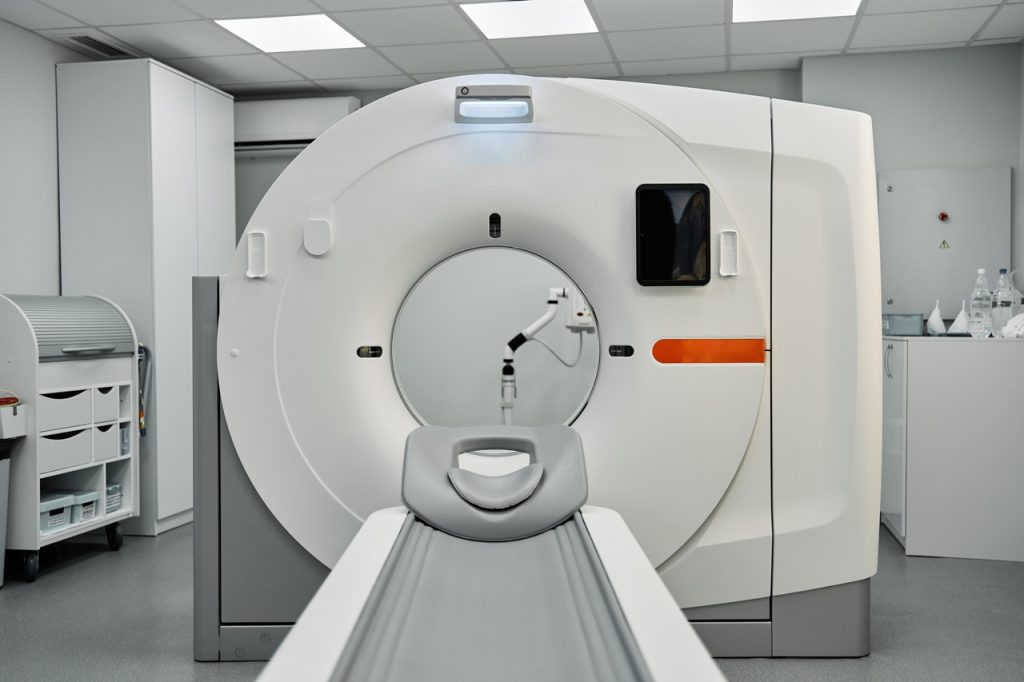
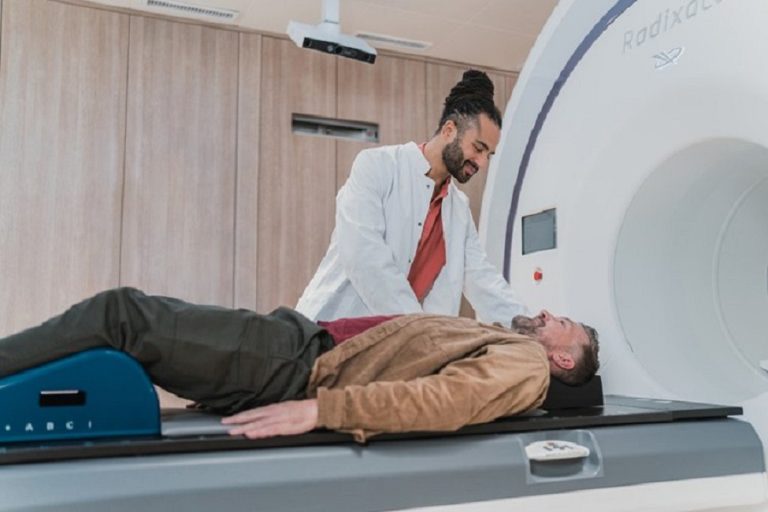
Advanced PET/CT Technology
A PET/CT scan combines positron emission tomography (PET) and computed tomography (CT) images. PET images show how organs and tissues in the body are working. CT images show details of body anatomy such as vessels, lymph nodes and organs. When PET and CT scans are combined, the fused images help doctors detect cancer, heart problems, neurological conditions such as Alzheimer’s, and other central nervous system disorders.
What to Expect During Your PET/CT Exam
In preparation for a PET/CT exam, you will receive a small injection of radioactive tracer. You will then rest comfortably while the radioactive tracer moves through your body for approximately 60 minutes. Then we take you to the scanner for your exam, which lasts anywhere from 20-45 minutes, depending upon the body area being scanned.
After your scan, be sure to drink plenty of water to help safely flush the radioactive tracer from your body. PET/CT scans are considered low risk and normal activity can be resumed right away, however, if you are breast feeding or will be around young children, please speak with the technologists about precautions to take.
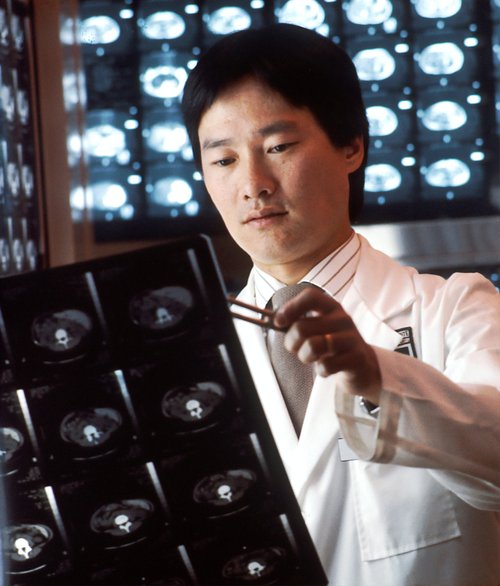
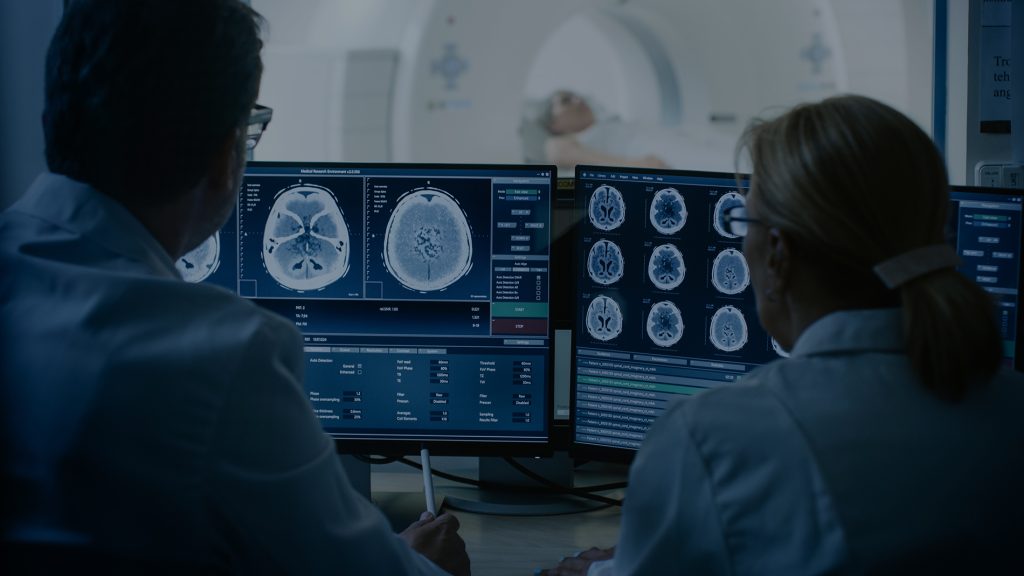
PET/CT can help determine
- Determine blood flow to the heart muscle
- Determine the effects of a heart attack, or myocardial infarction, on areas of the heart
- Evaluate brain abnormalities, such as tumors, memory disorders, seizures and other central nervous system disorders
- Size and location of growth
- Whether the cancer is spreading
- The best form of treatment
- Whether therapy is working
- Whether there has been a recurrence
What is a diagnostic CT Scan?
Computed Tomography (CT) uses X-Rays and computer technology to create images of bones, organs, and blood vessels. CT images help doctors diagnose conditions and determine treatment. CT imaging can assess internal trauma, guide procedures, and diagnose cancer or fractures.
A CT scan is painless and usually lasts only a few minutes. Some patients require an intravenous or oral contrast agent to improve image quality. These images are then interpreted by a radiologist on a computer monitor. CT imaging provides excellent anatomic information.
What is a Bone Scan and Bone SPECT
Single- Photon emission computerized tomography (SPECT) is a 3D technique that helps doctors evaluate functional processes of the body. A SPECT scan is a type of nuclear imaging test, which means it uses a radioactive substance and a special camera to create 3D pictures to evaluate organs, bones or tissue.
The PET/CT Imaging of San Jose Difference
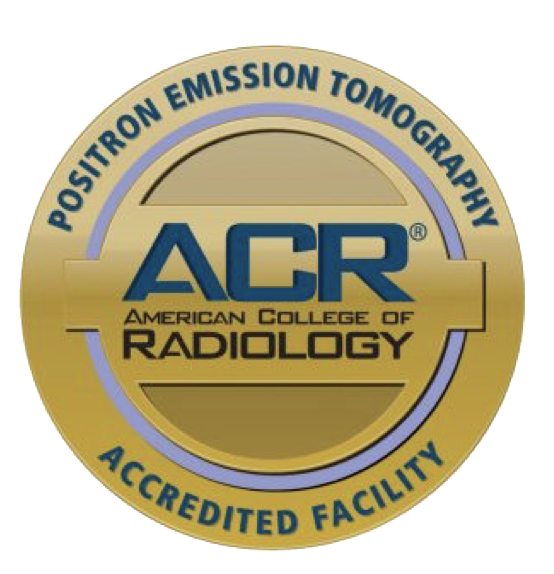
We know you have a choice in where to schedule your PET/CT exam. At PET/CT Imaging of San Jose, our unique combination of service, knowledge, compassion and technology sets us apart from other imaging centers, and we provide each patient with the highest quality care.
>Our caring staff ensure that you are scheduled quickly, offering immediate appointment availability***. We also take time to make certain that all your questions have been answered.
Our PET/CT facility is accredited by the American College of Radiology – indicating the highest standard of patient safety, staff training, and routine review.

